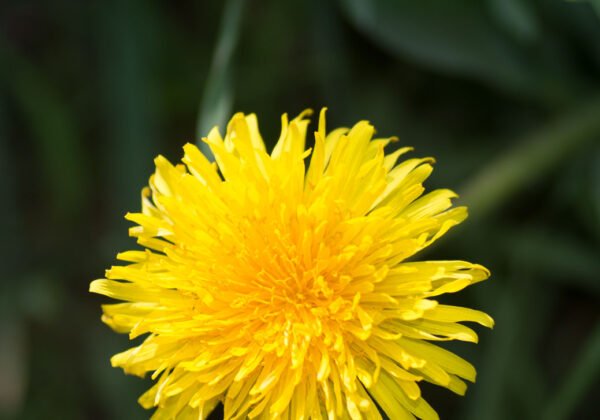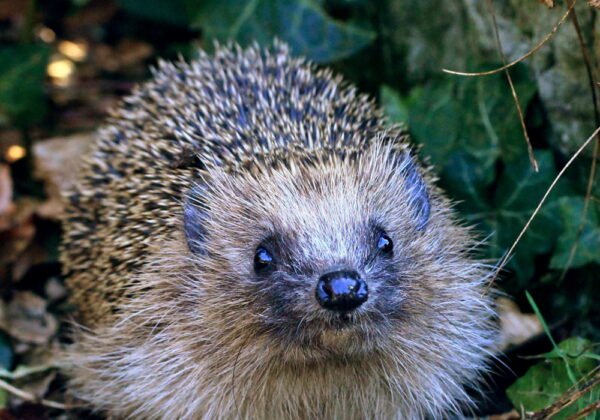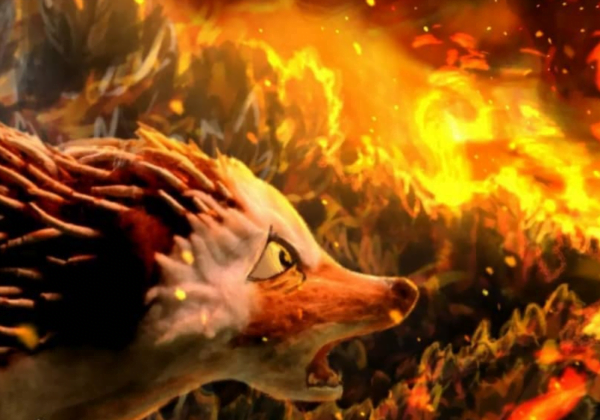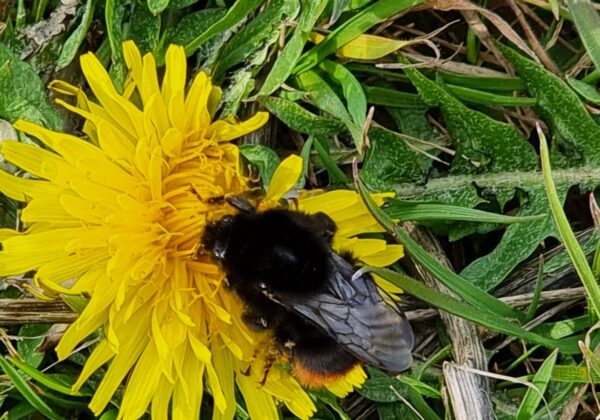
The Detrimental Effects on Insects of Light Pollution
Nature has thrived since the beginning of time under the soft glow of the moon and stars. But as artificial…
Here you will find the musings of Wildflower Promotions on all things relating to nature, biodiversity, wildflowers and the creatures and other plants we live alongside.

Nature has thrived since the beginning of time under the soft glow of the moon and stars. But as artificial…

Yes, it’s No Mow May time again! No Mow May is a great nationwide effort to stop mowing lawns (or…

Dandelions are a common wildflower – not a weed! Their bright yellow flower heads and “clock” seedheads are immediately recognisable.…

In the world of pollinators, two species stand out as symbols of industriousness and playing a vital ecological role: the…

We all know we have a problem with air pollution, yet probably not many people consider the effect of pollution…

Introducing Wildflower Promotions: A Fresh Chapter in Wildflower Favours Journey We are excited to announce an exciting transformation in our…

Rather alarmingly and sadly, a report by the International Union for Conservation of Nature (IUCN) published in October 2022 details…

We are delighted to announce that we have received the Eco-Friendly Website Accreditation for our company website. Being a responsible…

Wildflower Favours supports several conservation charities, one of which is the British Hedgehog Preservation Society (BHPS). BHPS is dedicated to…

We were so pleased to come across this important new campaign to save our bees. #StandByBees is a campaign to…

Most people know that fireworks cause so much distress, and even death, to our pets, horses and livestock. Less well…

When people think of pollinators, they tend to think mainly of bees. But that is doing all the other pollinators…
